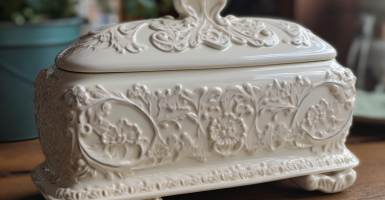Unforgettable Images Of The Beatles That Prove They Are The Greatest Band In Music History
While The Rolling Stones and The Who certainly have legendary status among bands who found international acclaim during the famous “British Invasion” of the ’60s, the cultural institution that the Beatles have become is incomparable.
Although it may be fashionable to call The Beatles overrated nowadays, it’s nonetheless hard to name a band that has made as big of a long-lasting impact before or since and even harder to name one who innovated as much as they did during their ten years together. Indeed, their whirlwind of musical and stylistic evolution was chronicled every step of the way.
With A Little Help From A Friend
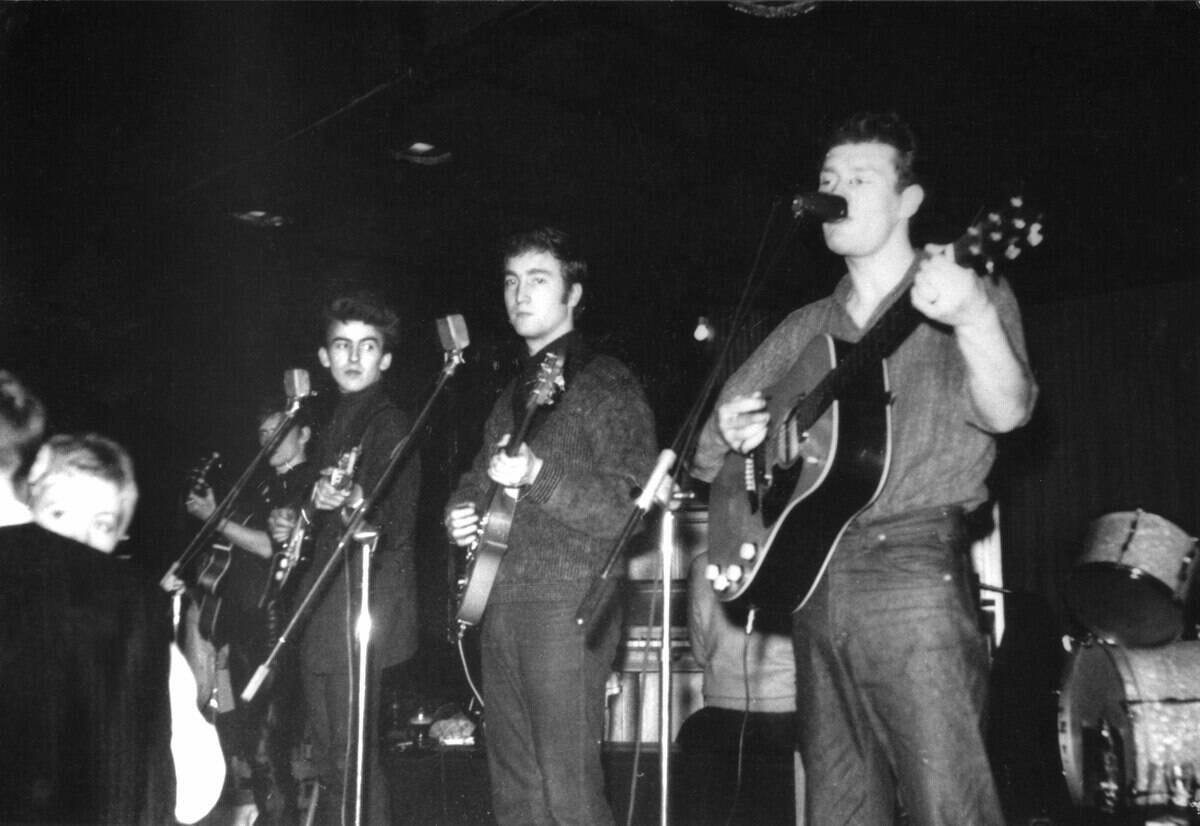
Before they became world-conquering megastars, The Beatles were a group of teens and young adults who were enjoying making music together and seeing where that adventure would take them.
And their first steady gigs were helped along by another musician named Tony Sheridan. Sheridan had fallen out of favor in England, but found some renewed prominence in Hamburg — which was then part of West Germany — by 1960. The following year, he accompanied young Paul McCartney, John Lennon, and George Harrison during their first gigs in the city.
The Hamburg Shows Were Not Very Serious
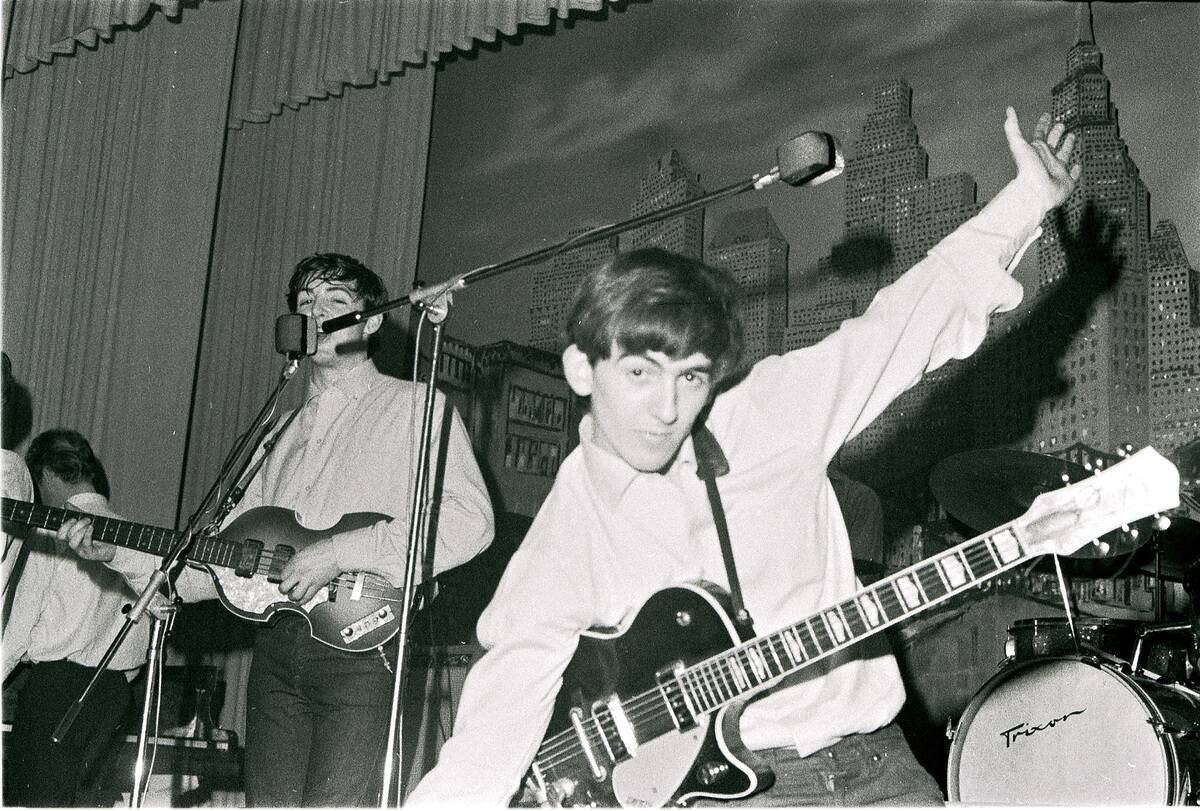
Considering how young they were and the fact that these shows were more about having fun together than not, it’s fair to say that The Beatles weren’t at their most professional when they performed in Hamburg.
As John Lennon’s first wife, Cynthia, wrote in her 2005 book John, they were known to eat chicken on stage in the middle of their performances.
Their Style Was Different At The Time, Too
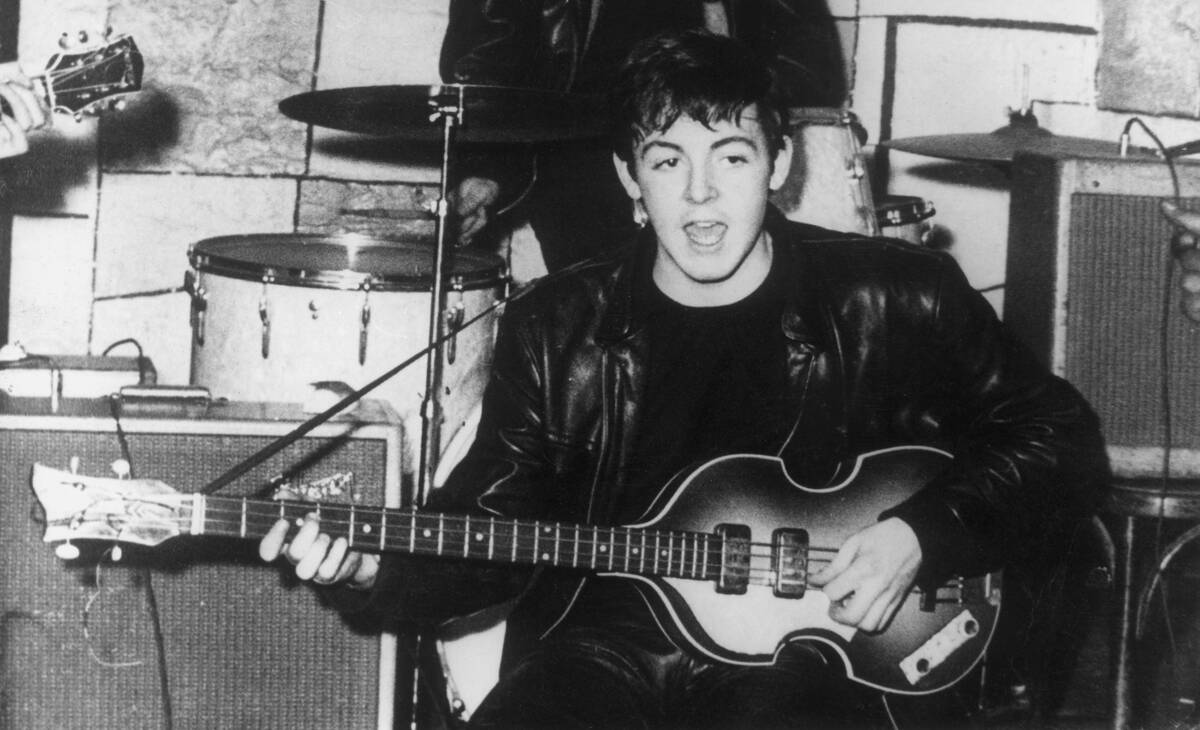
Most people have a specific image of the early Beatles in mind, but they were far more likely to wear leather jackets than suits if someone was lucky enough to catch one of their early performances.
Indeed, it’s fair that they didn’t really have a specific uniform or stylistic theme in those days. They were just a bunch of kids playing a rock subgenre called skiffle.
Not All Of These People Will Ring A Bell To Everyone
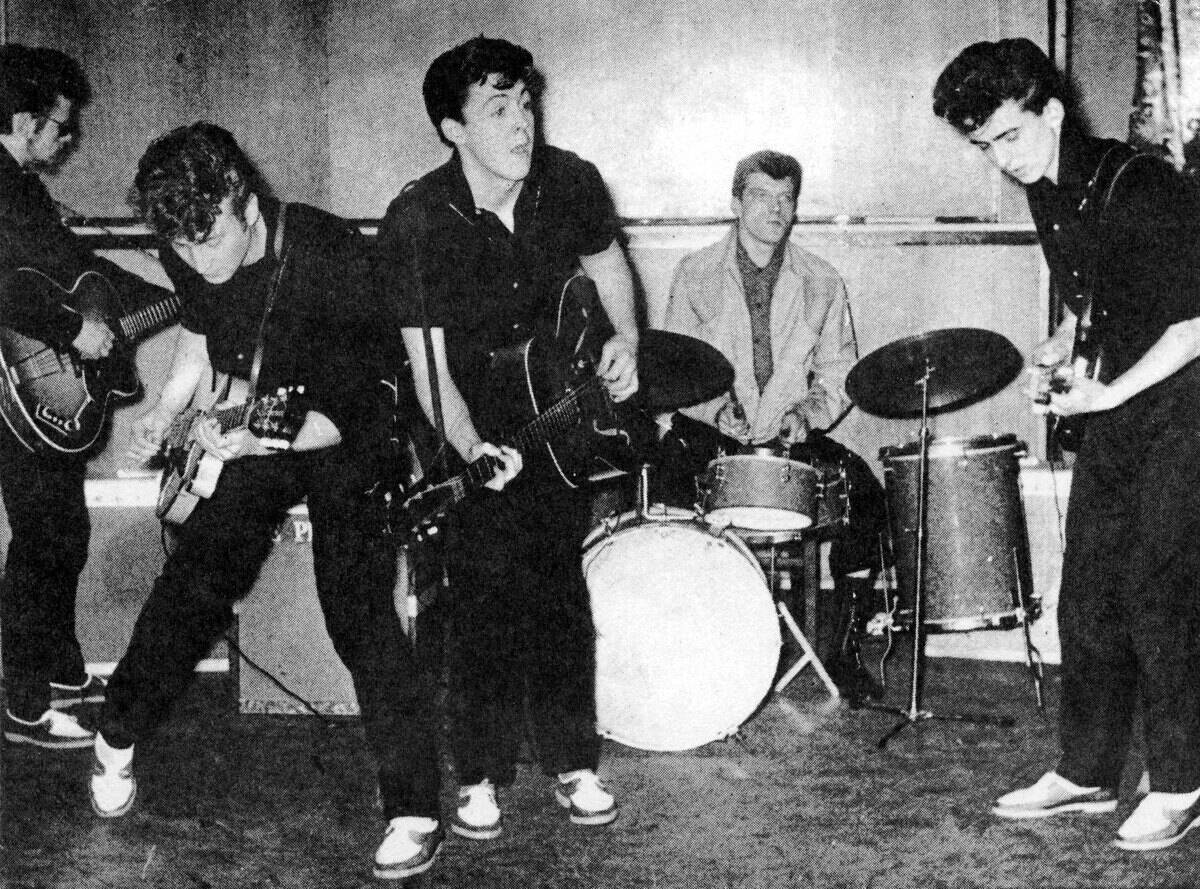
While most people recognize Lennon, McCartney, and Harrison, it takes a Beatles superfan to recognize the man at furthest left and the drummer.
At left is Stu Sutcliffe, a friend of Lennon’s who he encouraged to stay in The Beatles despite McCartney’s reticence and Sutcliffe’s preference for visual arts. And since they didn’t have a regular drummer yet, Johnny Hutch at the back was just sitting in for this performance.
Where’s Ringo?
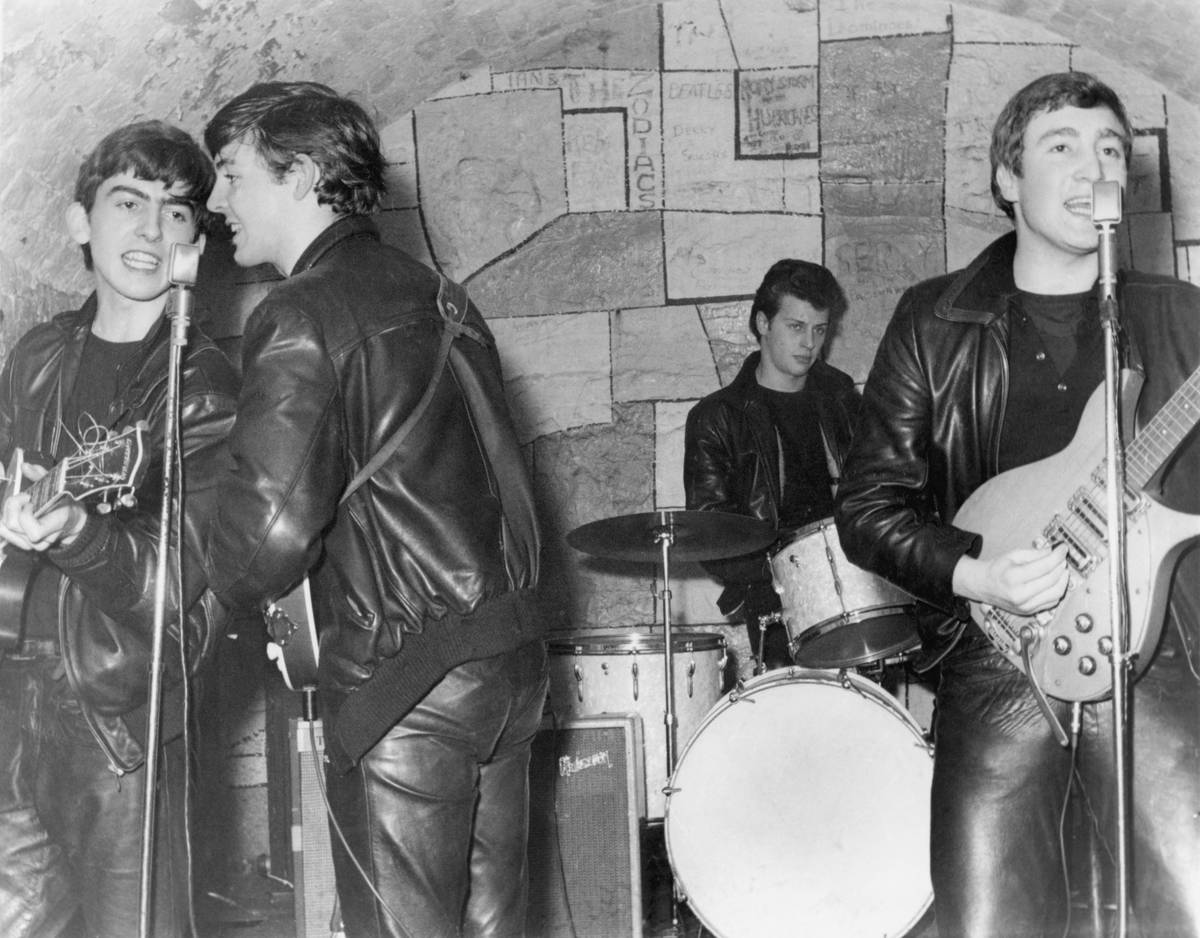
Although some may expect to see Ringo Starr once they did get a regular drummer, The Beatles (then called The Silver Beatles), worked with someone entirely different for the first two years they spent together.
That man was Pete Best and there were conflicting reports as to why he would find himself out of the legendary band. While Best said it was because girls considered him the best-looking member — which wasn’t an untrue perception at the time, to be fair — their manager, producer, and some of the members were disappointed by Best’s drumming ability.
Another Reason They Liked Ringo Better

By the time Ringo Starr (born Richard Starkey) joined the band in 1962, all of the Beatles were documented as preferring his drumming style and capabilities, though McCartney was kinder to Best than Lennon and Harrison and referred to him as “good, but limited.”
However, another factor that Cynthia Lennon noted in John was that Starr’s sense of humor meshed better with the rest of the band than Best’s did, as well as being more of a lone wolf compared to their chummy dynamic.
The First Of Many Style Changes

Although their first long-term manager Brian Epstein reportedly believed strongly in The Beatles and focused on their best interests throughout his tenure, he also understood how to market their image.
As such, he insisted on more professional demeanor during performances and insisted on matching suits and their iconic mop-top haircuts when they made public appearances together.
A Rocketship To Stardom
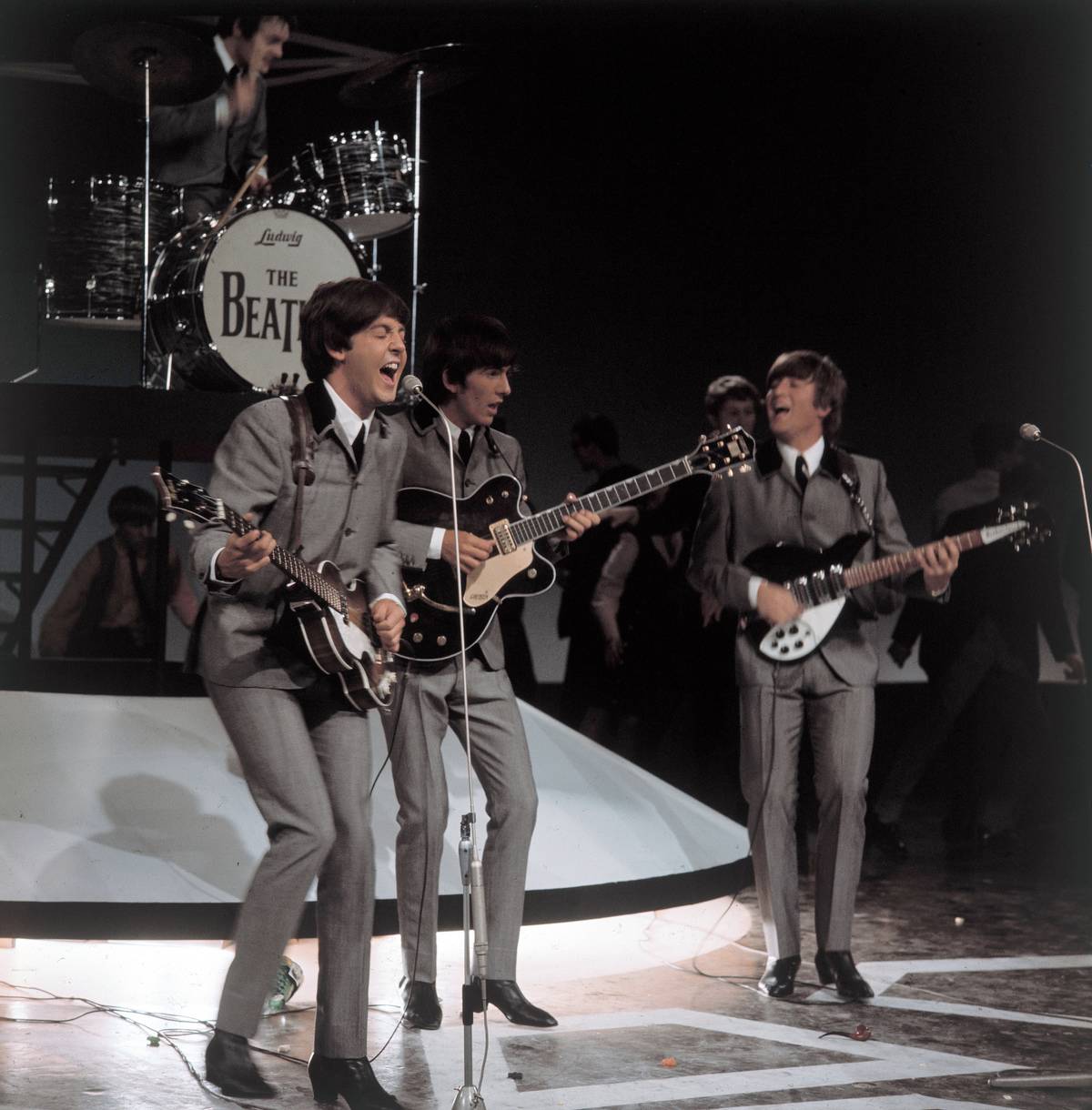
After The Beatles released their first hit record under the guidance of producer George Martin in “Love Me Do,” they amassed a large and dedicated following at unprecedented speed before 1962 was out.
Beatlemania had taken hold even before their influence had fully crossed over to American shores, and they had also already received the nickname the “Fab Four.”
The Intense Fandom Was A Mixed Blessing
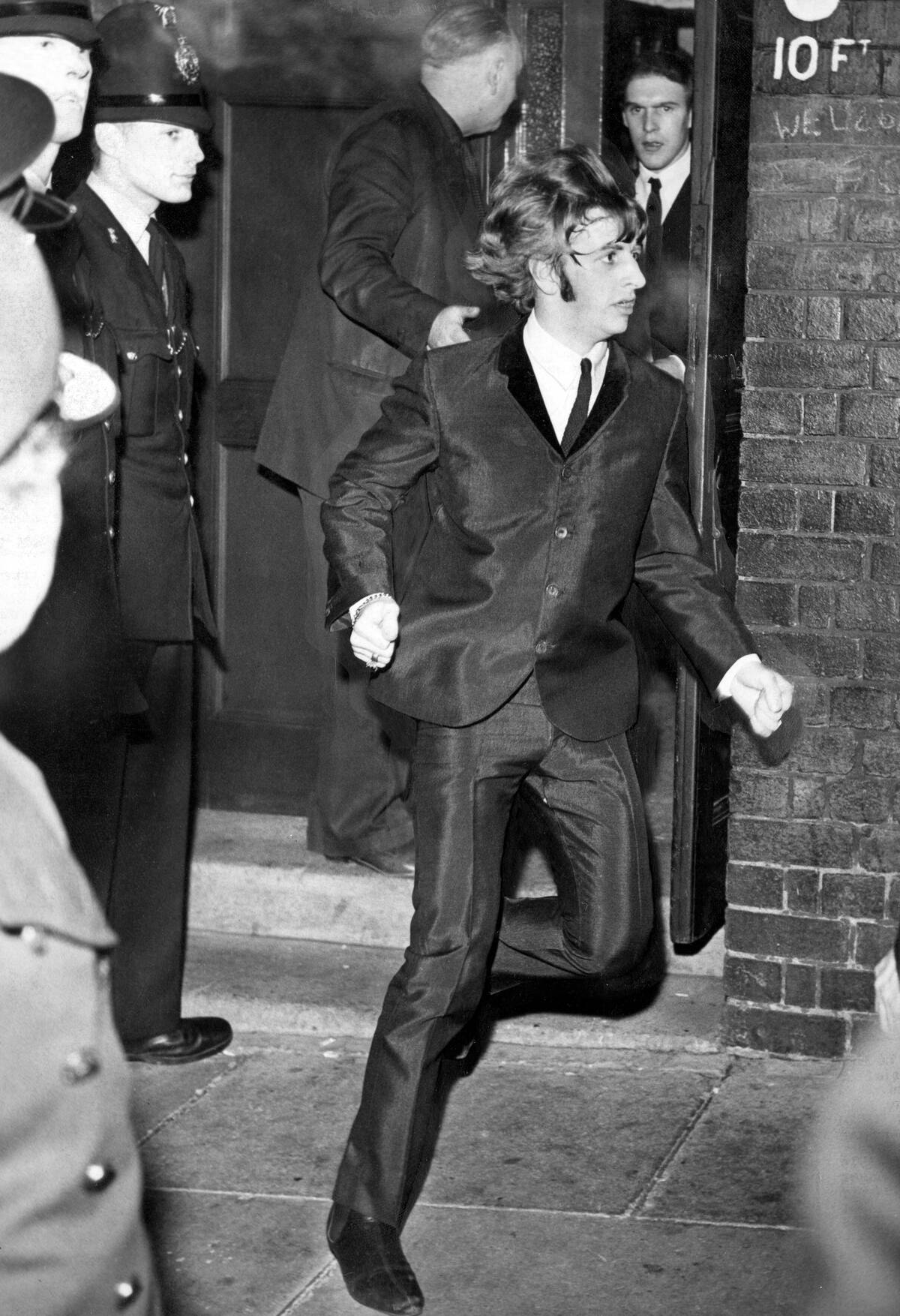
Although The Beatles had some affection for their fans and clearly appreciated the heights they were reaching in the U.K., photos like this one showing an agitated Starr sprinting to a waiting car from Liverpool’s Empire Theatre demonstrated how overwhelming these fans’ ferocity could be.
Not only were they in danger of being mobbed after their performances, but the constant, untiring screaming of their young female fans made it so hard for them to hear each other during their concerts that they abandoned touring altogether in 1966.
The British Invasion Begins
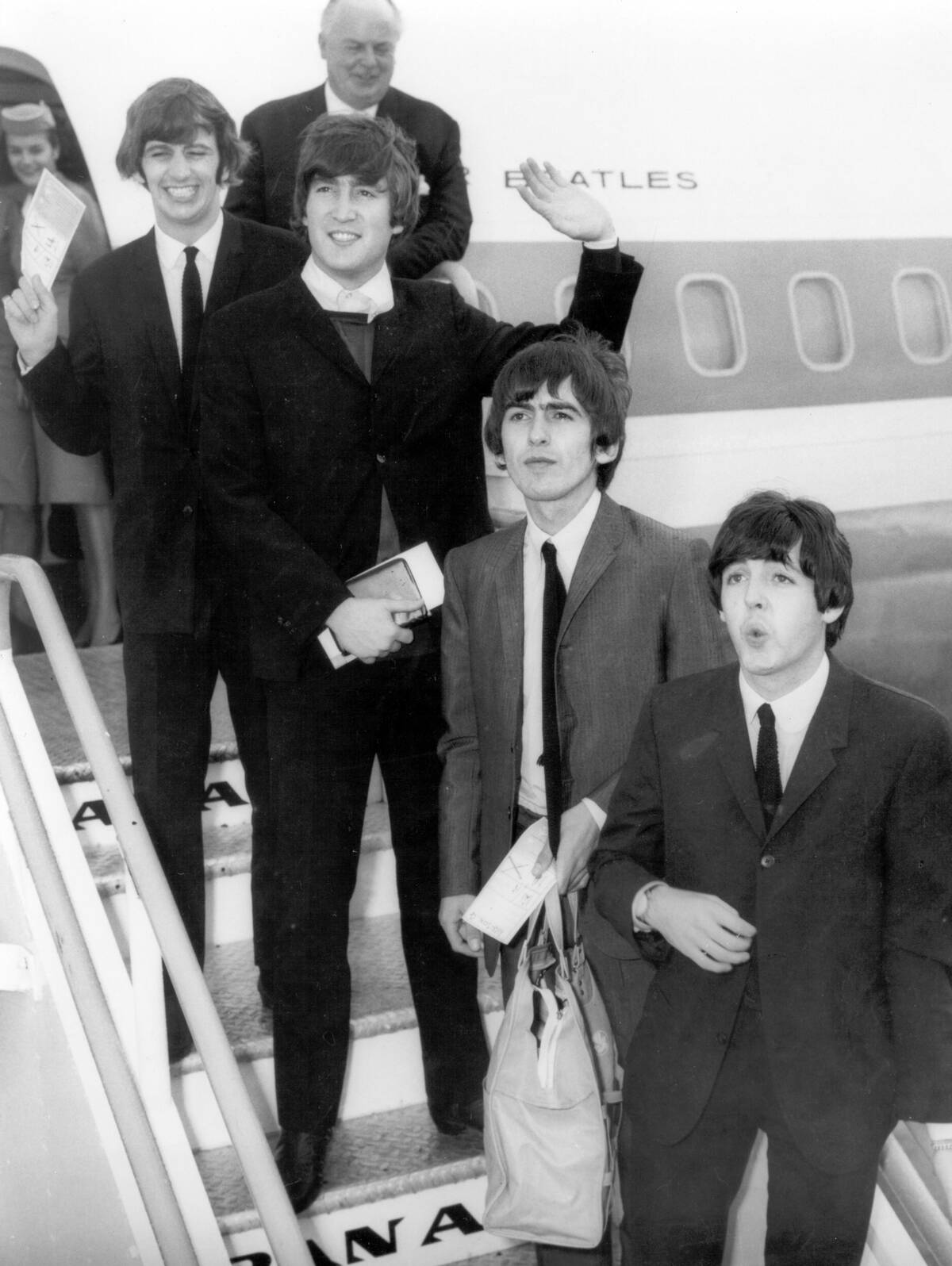
By the time The Beatles arrived in America for the first time, around the time that Hard Day’s Night was filmed in 1964, their international hype was just as white-hot as it was in the U.K.
For that reason, they could be considered the most significant driver of the famous British Invasion of the ’60s, in which British bands like The Animals, The Rolling Stones, and The Who made some of the most popular music in the United States. Sadly, the similarly talented Kinks weren’t able to benefit as strongly from this due to a five-year ban from American touring.
They Had Officially Made It
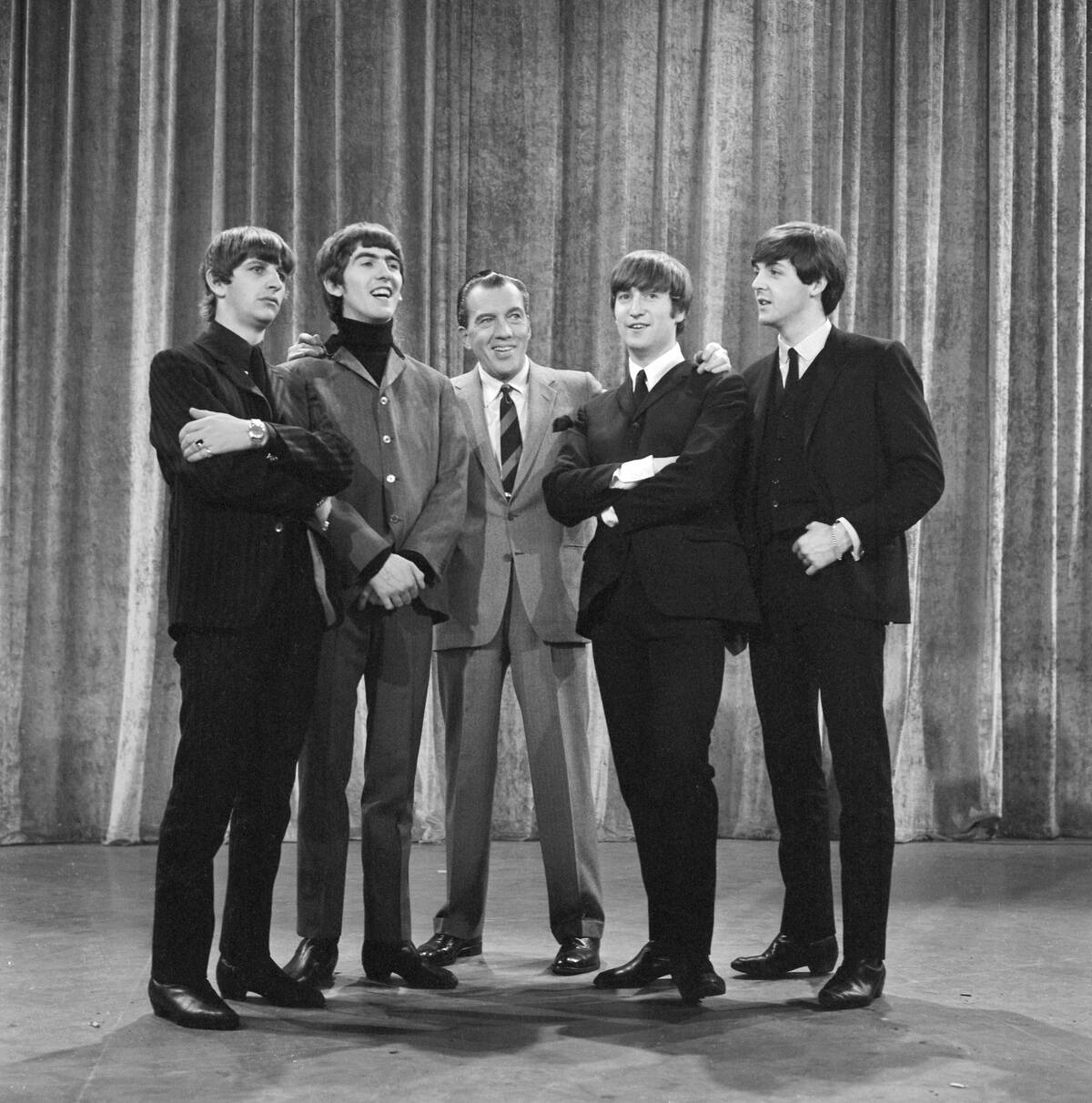
Throughout the ’50s and ’60s, the ultimate marker that a band had become successful enough to plant themselves firmly in the American mainstream was an appearance on the cultural institution known as The Ed Sullivan Show.
By February of 1964, The Beatles had that achievement under their belt and would make three appearances on the show before the month was out. This was followed by an additional appearance in May of that year and a final performance in August of 1965.
They Weren’t Without Controversy

After a couple of years of seemingly unanimous adoration across the world, The Beatles started to attract a few major controversies in 1966. Backlash first came from this cover of their compilation album Yesterday And Today, which was considered so shocking by the standards of the time that it had to be reprinted.
Not helping matters was an interview Lennon gave with British journalist Maureen Cleave that year, in which he said, “We’re more popular than Jesus now; I don’t know which will go first – rock ‘n’ roll or Christianity.” This proved so offensive to conservative strongholds in the United States that their records were burned en masse in some areas.
No Longer Just A Pop Rock Band
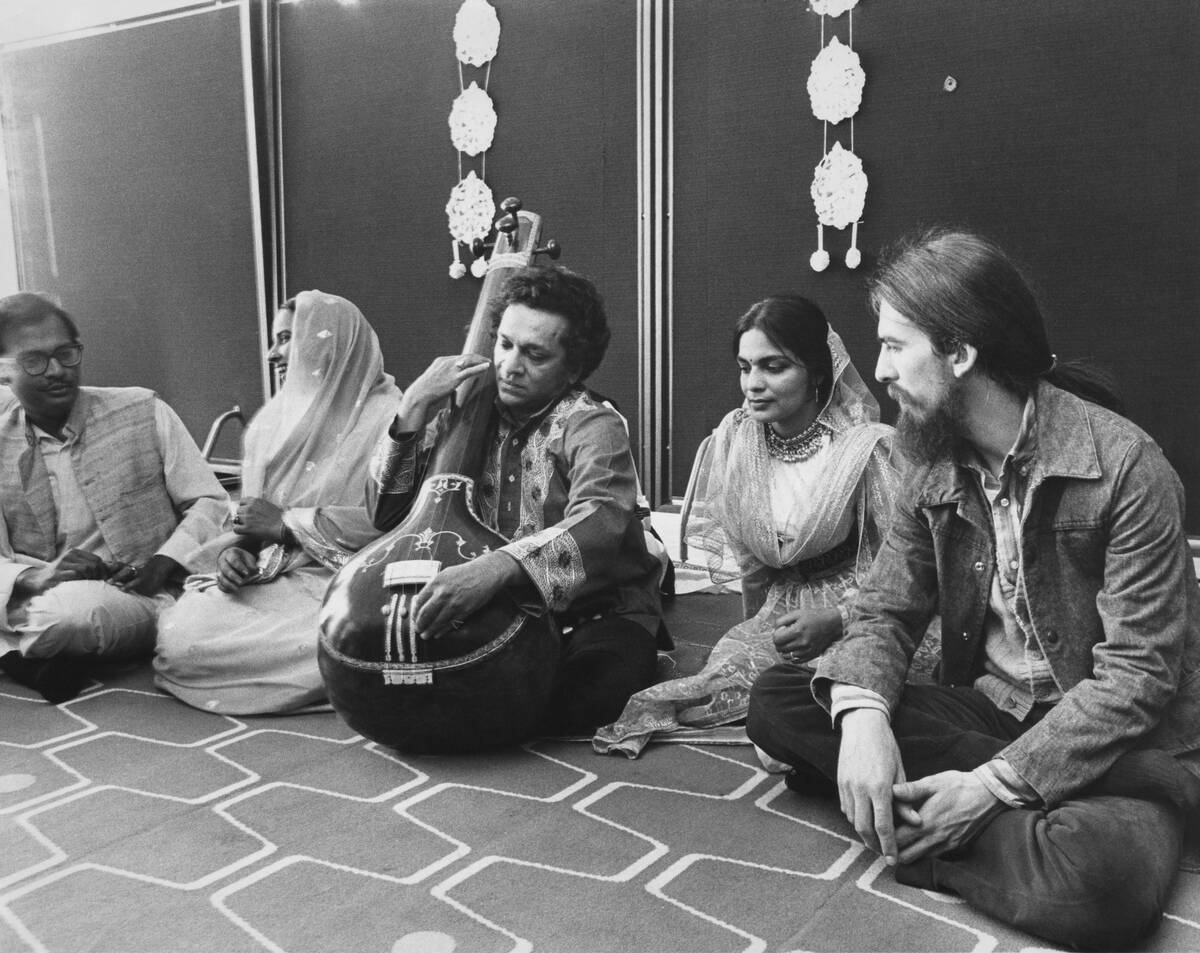
By the time these 1966 controversies occurred, The Beatles had made their sound far more ambitious and eclectic, as albums like Rubber Soul and Revolver saw them experiment with more cerebral subject matter and more sophisticated compositions.
At that point, George Harrison had also learned the sitar under the tutelage of master Indian musician Ravi Shankar, and was thus able to incorporate that instrument into The Beatles’ music as well.
A Radical Change In Style
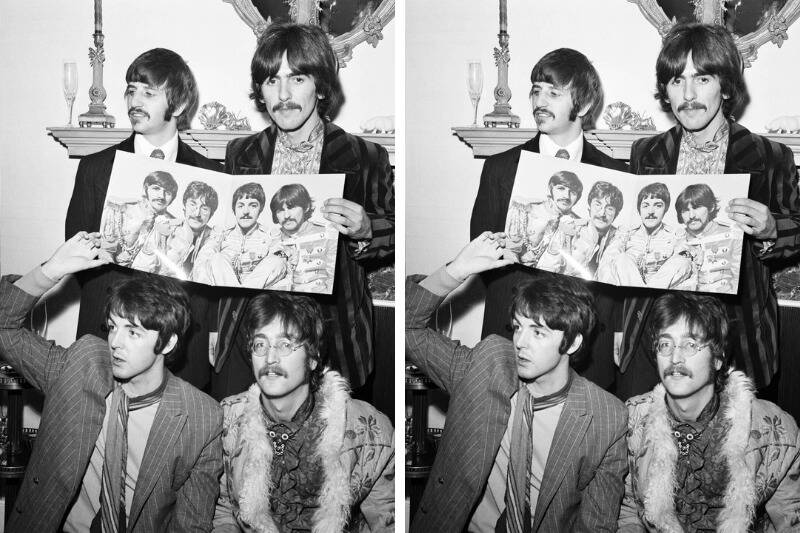
After they stopped touring, The Beatles focused all their efforts on their studio albums, which resulted in a burst of creativity that led them to make one of the most famous records of all time, the incredibly ambitious 1967 concept album Sgt. Pepper’s Lonely Hearts Club Band.
With that watershed moment came a drastic change in their style, as their signature look for the album included brightly colorful versions of classic tasseled marching band uniforms.
The Beatles Go To India
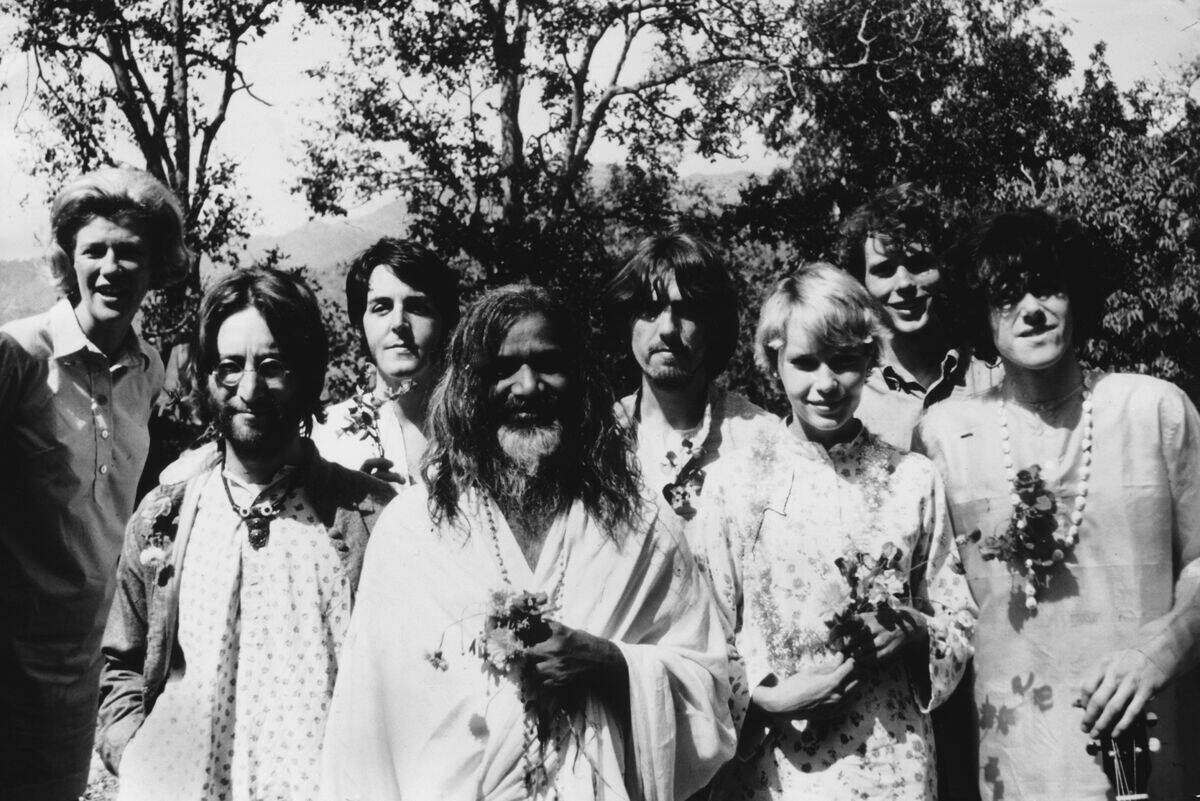
Soon after the release of this album and its psychedelic follow-up, the soundtrack to their 1967 experimental film, Magical Mystery Tour, the Beatles embarked on a famous voyage to India in the hopes of receiving spiritual guidance from Maharishi Mahesh Yogi.
Although Starr lost interest in the experience ten days after arriving, actress Mia Farrow and singer/songwriter Donovan were also in attendance. However, the Yogi’s alleged inappropriate behavior towards Farrow and other women eventually compelled the rest to leave in disgust as well.
A Strange Yet Iconic Animated Film
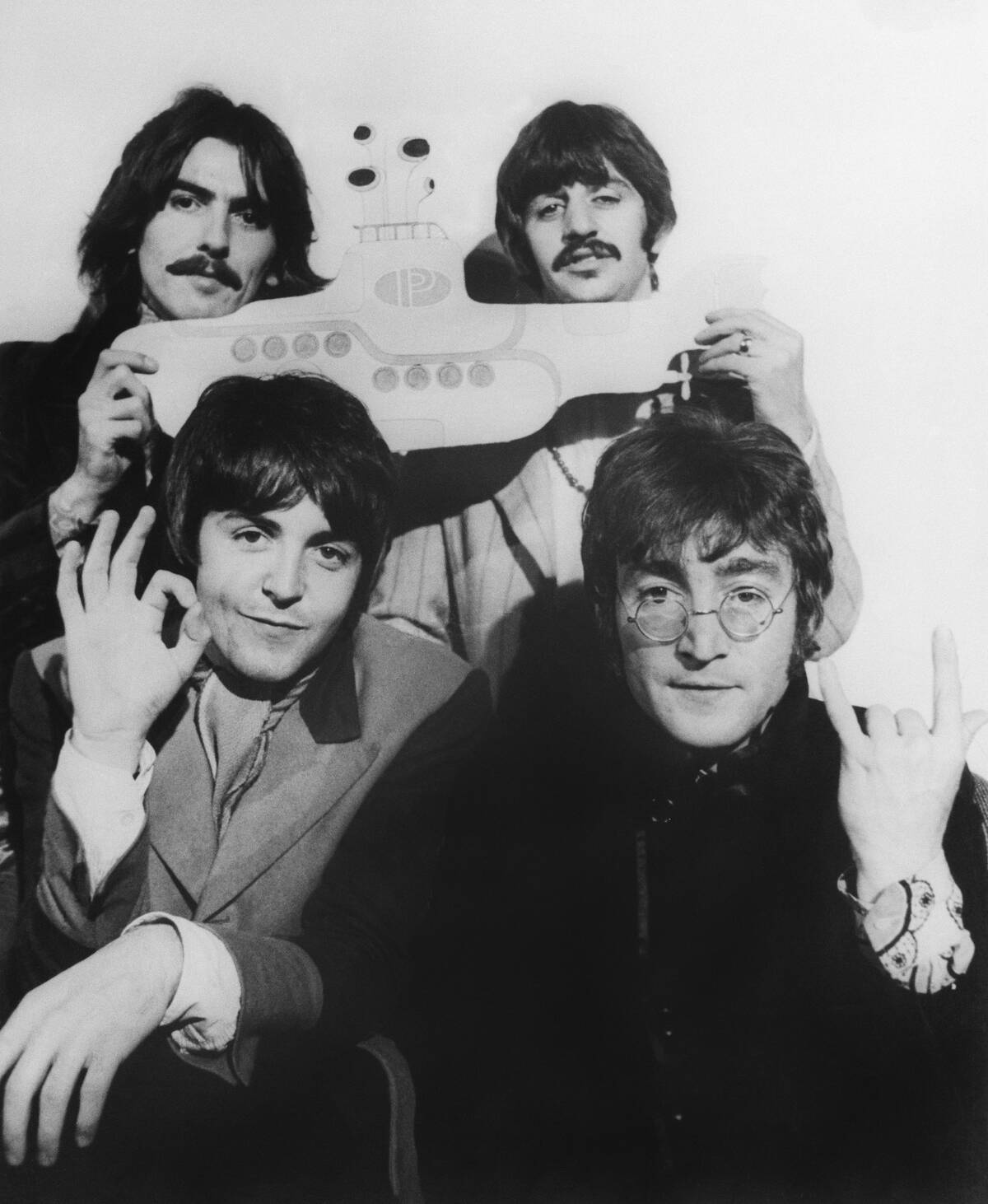
The same year that The Beatles went to India saw the release of a mind-bending animated film titled Yellow Submarine. Although the associated album has historically fared poorly, the movie has had more of a long-term shelf life.
Thanks to its psychedelic art style and imaginative character designs, the animated film has since been regarded as a cult classic.
Cracks Form In The Band’s Dynamic
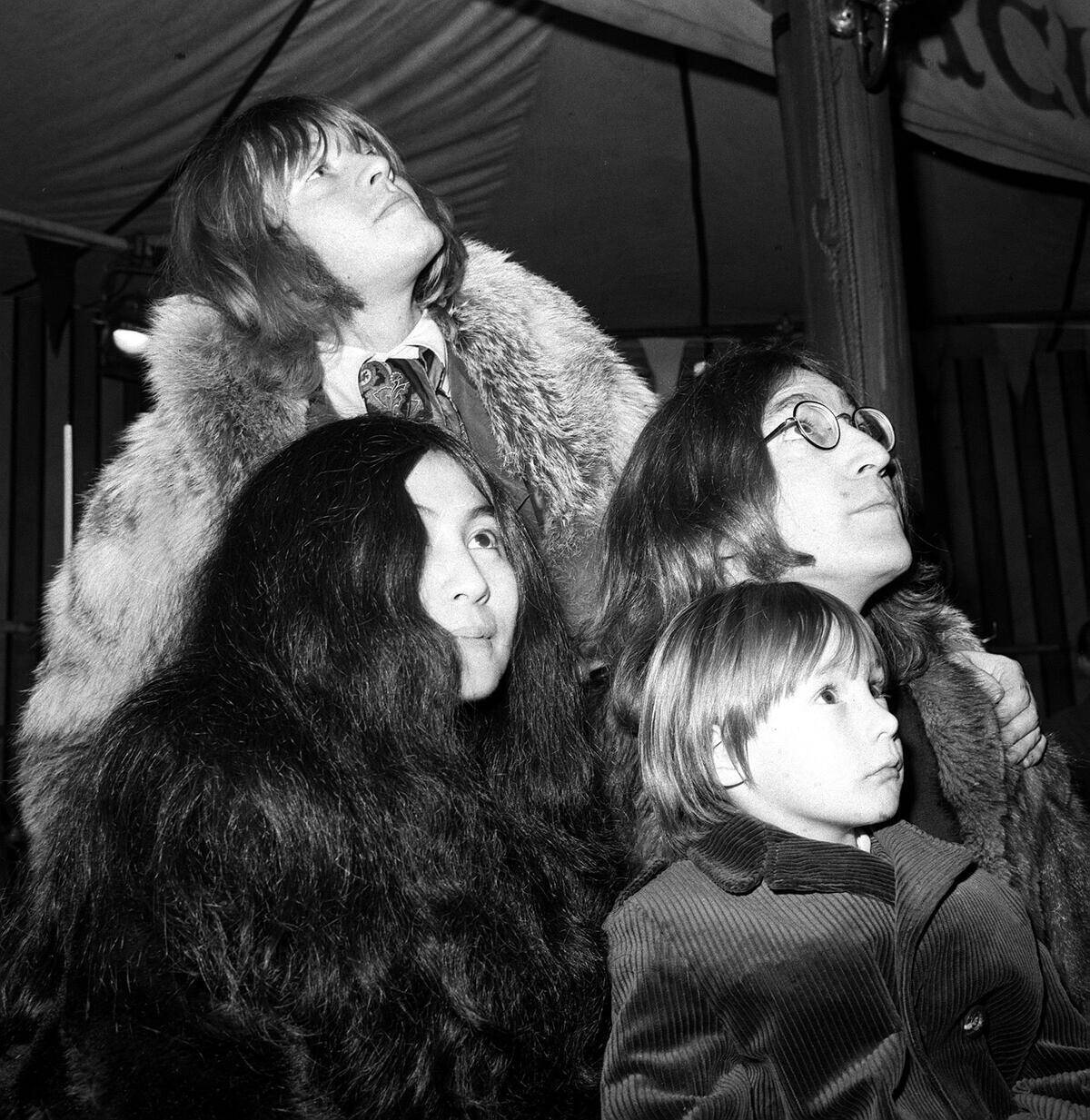
By 1968, Brian Epstein’s death, the ill-fated India trip, and far more creative differences than usual over the course of recording their self-titled “White Album” put strain on the band’s professional and personal dynamics.
While outside accounts at the time tended to blame Yoko Ono for this shift in their dynamic, it’s fairer to say that the roots of it appeared before Lennon started dating her and their creative differences and Harrison’s and Lennon’s needs for individual expression would have deepened with or without her.
A Step Back From Psychedelia
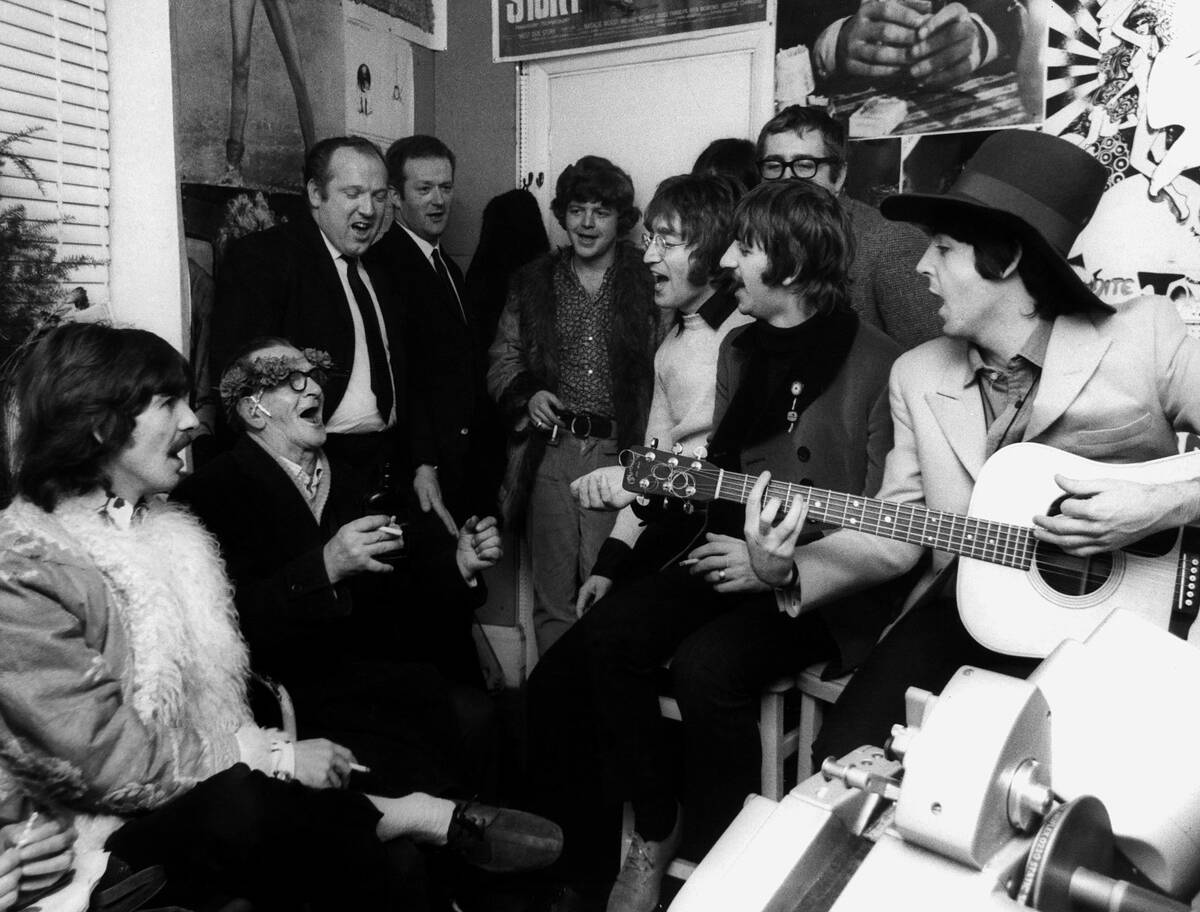
By the time they were nearing the end of their time together, The Beatles had moved on from the wild colors and funky clothes of their Sgt. Pepper’s Lonely Hearts Club Band and Magical Mystery Tour era.
Their clothes were also no longer matching in their themes, which was a reflection of their increased individual focuses. Many of them also grew more facial hair.
The Final Stretch
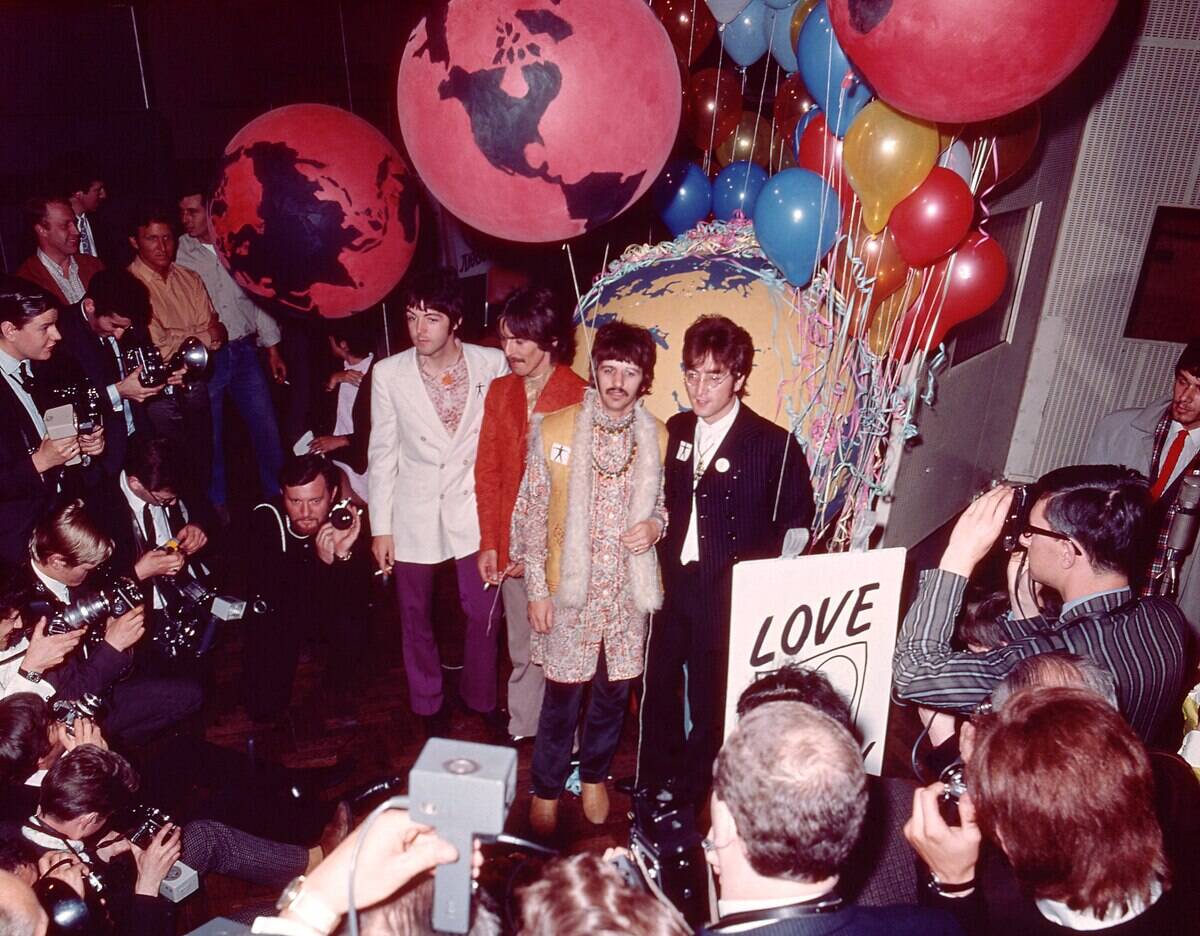
As they were wracked by internal turmoil, their recording schedule became more chaotic, especially when it came to the recording of Let It Be — which was originally supposed to be called Get Back — as it was both recorded before and after their final album together, Abbey Road.
The lion’s share was recorded in 1968 and 1969 but the album was finished without Lennon in 1970. Although they didn’t necessarily expect Abbey Road to be their last project together, the feeling of finality was nonetheless in the air.
Their Iconic Exit
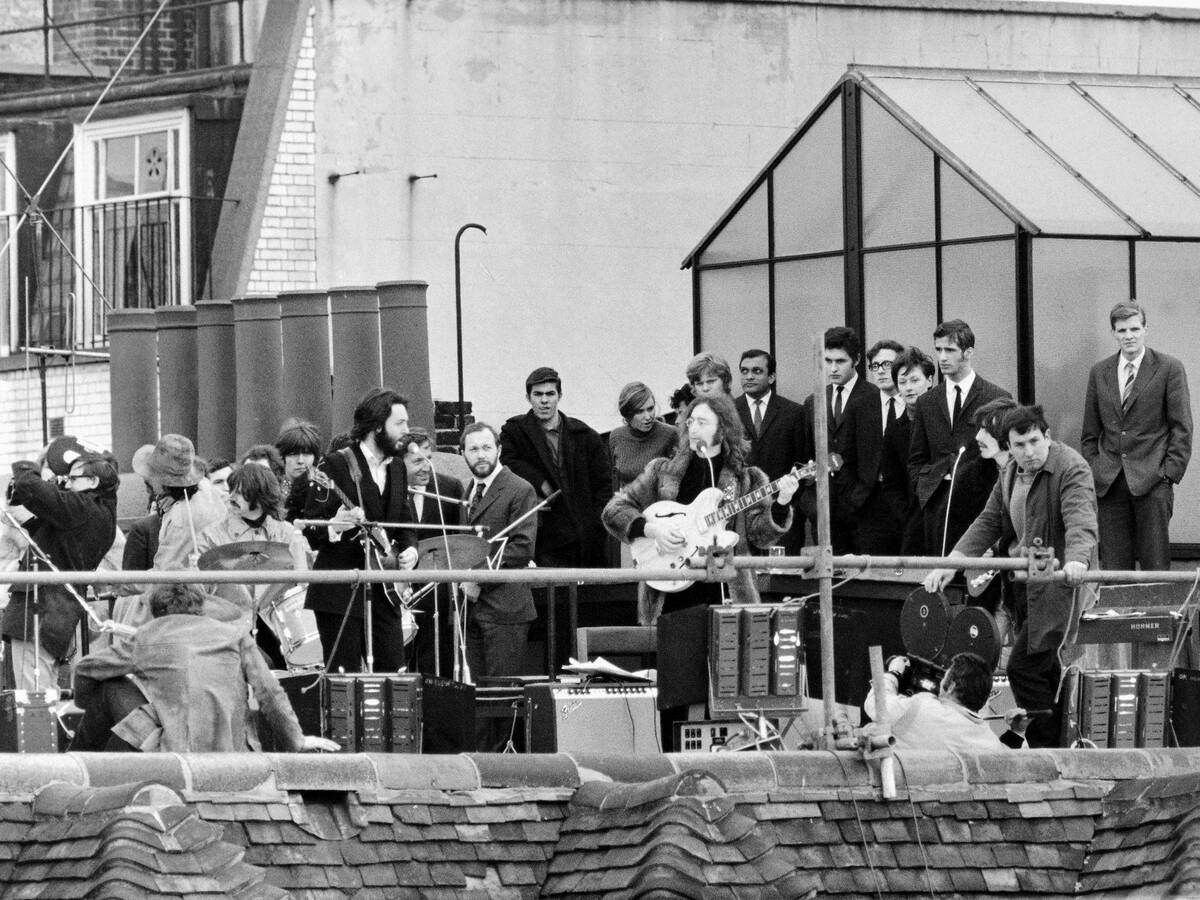
To make their most meaningful farewell to each other and their fans, The Beatles put on one final impromptu concert on the roof of their Apple Records headquarters on January 30, 1969.
Since the show was unauthorized, the police eventually showed up to shut it down. By that point, however, it was already winding down so none of the band really minded the interruption.


